
FrankenSAM: Reviving old weapons as modern defense – how Ukrainian forces will use Soviet tech to launch US missiles
Top international publications have unveiled a novel weapons system set to bolster Ukraine's defense capabilities. In a unique initiative, Ukrainian engineers have successfully adapted Soviet-era weaponry to match American standards, providing the Armed Forces with a source of armaments that does not rely on components from Russia
Espreso delves into the various FrankenSAM weapon variants and explores how these ingeniously modified Soviet arms are breathing new life into Ukraine's defense arsenal.
What is the FrankenSAM program and what is its purpose?
The FrankenSAM program, a project announced in early October, aims to develop anti-aircraft missile systems capable of firing Western missiles. The project name humorously combines "SAM" (Surface-to-Air Missile, referring to anti-aircraft missiles) and the name of the famous character Frankenstein. Overall, the program involves three types of weapons.
The New York Times recently featured a comprehensive article on the project, reporting the successful completion of tests for two of the three FrankenSAM projects after several months in the USA. One of the weapon types is already being gradually deployed to the Ukrainian Armed Forces.
In light of delays in US Congress funding for Ukraine's defense, the FrankenSAM program provides a means to deliver powerful weaponry to the battlefield promptly, as per an AP article.
After the full-scale Russian invasion of Ukraine, Ukrainian officials sought help from allies to acquire missiles for the Buk anti-aircraft missile systems. According to the International Institute for Strategic Studies, Ukraine possessed over 70 such installations and radars in 2022, most of which were non-operational due to a lack of ammunition. Faced with increasing difficulty in sourcing Soviet weapons, they opted to adapt the launchers for NATO-caliber missiles.
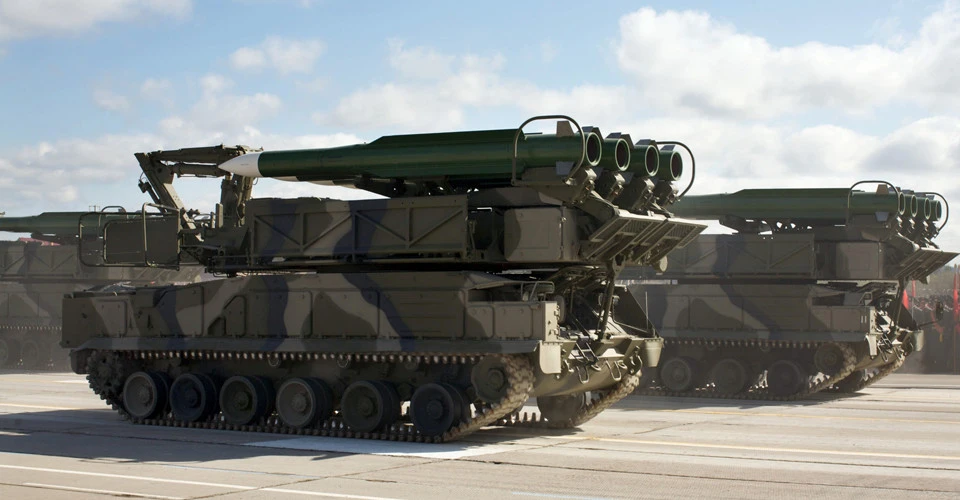
Ukrainian officials initially proposed assembling the weapons themselves for faster results, according to the NYT. However, American engineers insisted on handling the work in the United States. The first samples of these converted weapons have already been sent to Ukraine, and the country is prepared to send 17 more Buk launchers to the USA for conversion. American engineers are capable of converting around five installations per month, a rate referred to as "rapid" by Defense Express reviewers. This means they will be able to rework all 17 installations before the end of winter.
Sea Sparrow: Buk air defense system with American missiles
The Ukrainian Armed Forces have started using Buk air defense system launchers, which can fire RIM-7 Sea Sparrow missiles. Earlier this year, The Drive website reported on the adaptation of the Buk system to American missiles.
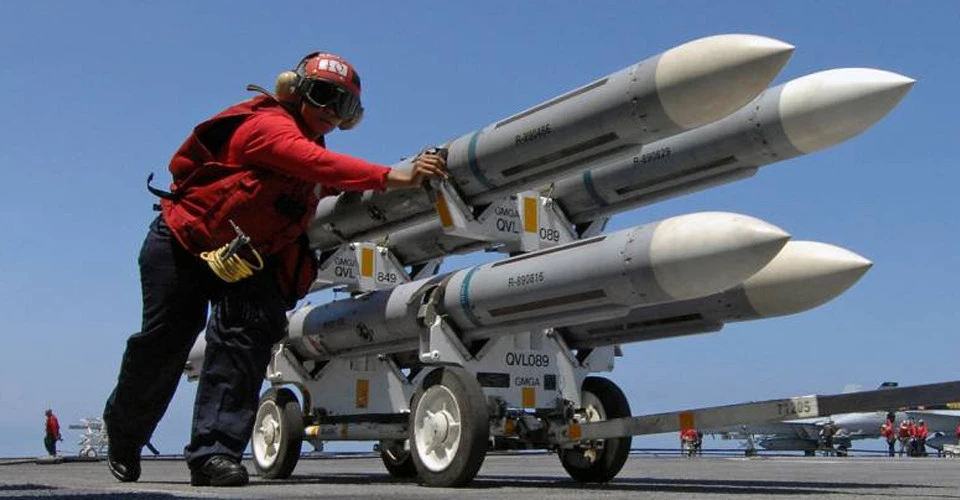
Around a decade ago, two Eastern European companies (Polish WZU and Czech Retia) showcased their work on adapting the older Kub air defense systems to use Sea Sparrow missiles. However, these adaptations remained experimental due to a lack of buyers. The Drive suggests that these earlier efforts influenced the adaptation of the Buk system to use Sea Sparrow missiles.
Both the American Sea Sparrow missiles and the Russian 9M38 family missiles used with the Buk air defense system employ semi-active radar guidance. This similarity made it easier to integrate the complex and the new missiles.
The American Sea Sparrow missiles are smaller than the Russian 9M38 missiles. The 9M38 missiles are 5.5 meters long and weigh 690 kg, while the Sea Sparrow is 3.7 meters long with a 230 kg missile. According to Defense Express, the Sea Sparrow can target aerodynamic threats at a range of up to 20 km (some sources even claim up to 30 km) and at altitudes of up to 15 km for the Buk air defense system. The smaller size of the Sea Sparrow may also allow for more missiles to be stored at the launch site.
Technical specifications of RIM-7 Sea Sparrow missiles:
- Weight: 230 kg
- Warhead weight: 41 kg
- Length: 3.7 m
- Diameter: 20 cm
- Wingspan: 1.02 m
- Operational range: 19 km
- Speed: 4,256 km/h
- Cost: $165,000
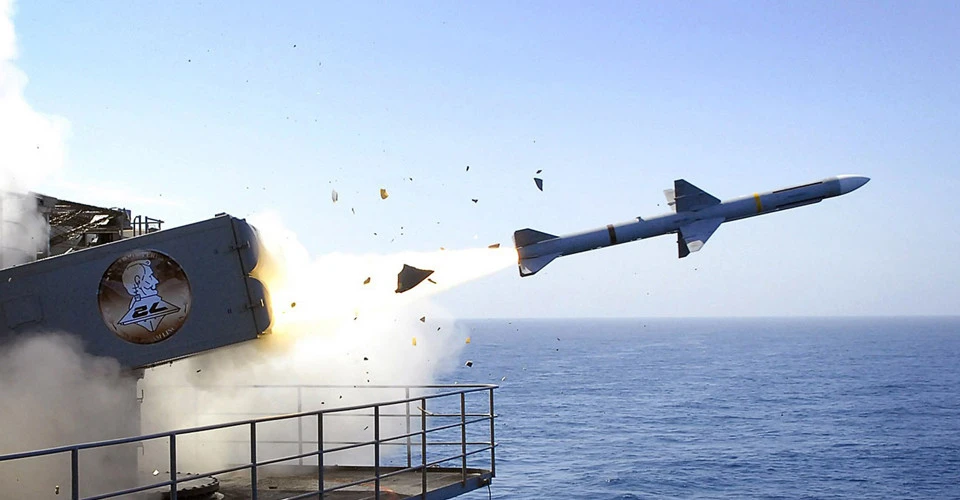
AIM-9M: Soviet radar, American missiles
The United States supplied Sea Sparrow missiles to Ukraine as part of their May aid package. In addition to this, they also started transferring American AIM-9M Sidewinder medium-range guided "air-to-air" missiles to Kyiv. These fast missiles were designed in the 1950s and are used on F-16 and F-18 fighter jets. Canada initiated this transfer, and it has since been included in several American aid packages.
Military experts describe the AIM-9M project as ingeniously straightforward. These missiles do not require target illumination because they have infrared homing capabilities. Their small size (3 m in length and 85 kg weight) makes the launcher setup relatively easy.
The operator's primary task with these missiles is to point them toward the target, activate the homing system, and launch the missile once it locks onto the target. Essentially, the AIM-9M air defense system operates similarly to the Soviet Strela-10 or the American MIM-72 Chaparral, as explained by Defense Express.
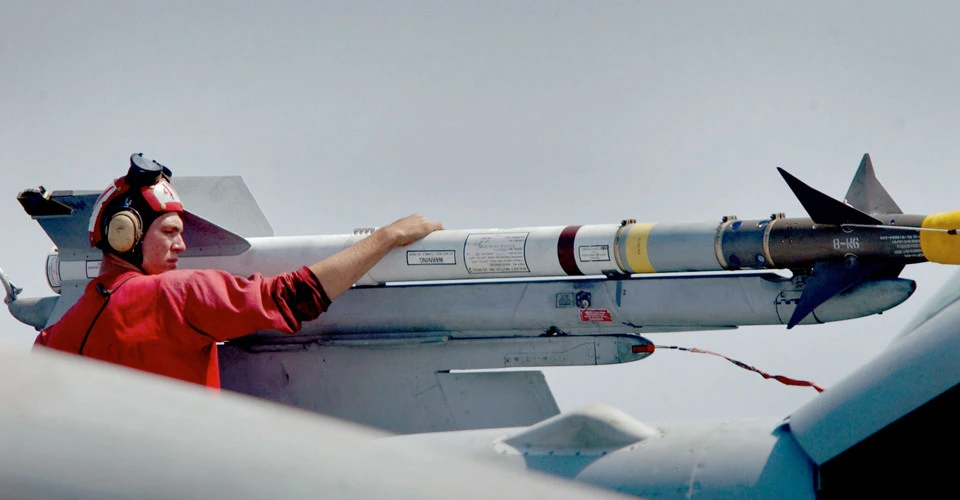
Additionally, there are plans to integrate these missiles with a Soviet-made radar system. This radar will provide real-time information about the target's type, course, height, and speed to the operator. The launcher will automatically point in the right direction, simplifying the operator's job, similar to the American SAM AN/TWQ-1 Avenger system.
Technical specifications for the AIM-9M Sidewinder missiles
- Weight: 231.2 kg
- Warhead weight: 39 kg
- Length: 3.7 m
- Diameter: 0.2 m
- Wingspan: 0.81 m
- Launch range in the front hemisphere: 70 km
- Missile’s flight speed: Mach 4 (4,900 km/h)
The most powerful FrankenSAM with Patriot missiles
The most potent of these modified anti-aircraft systems is currently in the testing phase. American developers have successfully integrated Patriot anti-aircraft missiles with an old Soviet anti-aircraft missile complex. In October, this hybrid system passed its initial firing test by successfully destroying a target drone.
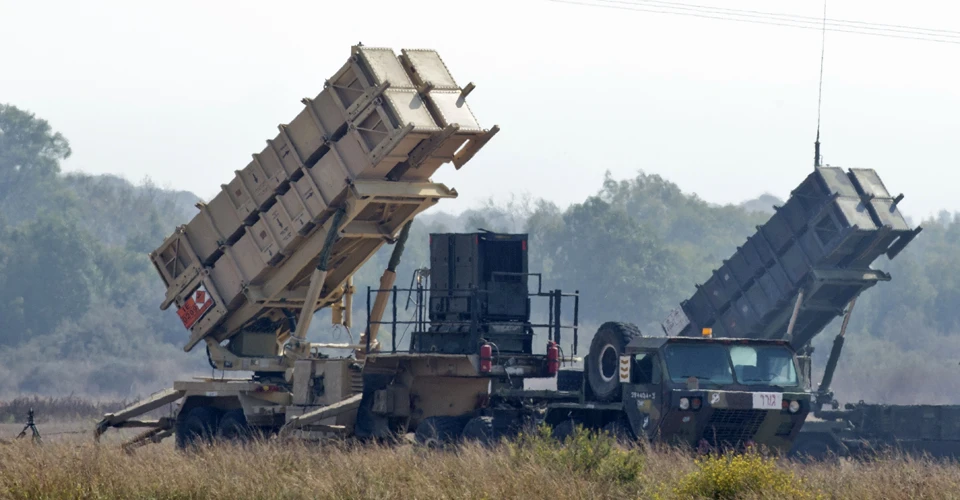
According to The New York Times, this weapon combines Patriot launchers and missiles but utilizes Ukrainian radar systems. This hybrid system is considered highly powerful and is scheduled for deployment in Ukraine during the upcoming winter, along with Patriot missiles and other components from the allies.
All Patriot missiles require radio command guidance during their initial launch. The radar system is the most costly component of the Patriot system, and designers aim to make the missile independent of the Patriot radar.
Furthermore, Ukraine possesses modern domestically-produced radars that are fully digitized. This addresses a significant challenge, as transferring complete Patriot systems has proven difficult due to their scarcity. The US has only 60 such systems in its arsenal, which are highly valuable. On the other hand, transferring only the launchers, loaders, and some components of the system, without the core components such as AN/MPQ-53 or AN/MPQ-65, can be done more swiftly, as explained by Defense Express.
What will the FrankenSAM project bring to Ukraine?
Ukraine and the US are working together in the FrankenSAM program to help Ukraine replace its old Soviet missiles and protect its energy infrastructure. They can now use outdated missiles from both the Soviet and Western arsenals.
Can Kasapoğlu, a defense analyst at the Hudson Institute in Washington, supports the idea of combining Soviet-era weapons with modern Western missiles. This helps Ukraine keep its weapons for a long-lasting conflict. It's also a way to use old NATO weapons that have been sitting unused. This helps Ukraine avoid running out of ammunition because they can't buy original warheads from the manufacturer, Russia, the aggressor country.
Additionally, this program provides Ukraine with weapons while the US Congress is taking time to approve new financial aid for Ukraine.
- News













































